What goes, must also stop. And we suppose what goes hard must stop harder, if anything. Which is where Brembo come in – their braking systems are responsible for stopping duties on fast machines in various kinds of motorsport, including F1, WRC, World Superbikes andMotoGP. In their May 2012 issue Fast Bikes magazine have taken an in-depth look at Brembo and the high-tech engineering that goes into building some of the best, most advanced braking systems in the world. Especially interesting is a snippet of Fast Bikes’ conversation with Roberto Pellegrini, Retail and Road Performance Motorbike Market Manager, Brembo Racing, where Pellegrini talks about the differences between braking set-ups in F1 and MotoGP. Here are some excerpts from what he had to say:
‘The Brembo calipers used in MotoGP and F1 are actually very similar – the only major difference is that the bikes use four pistons and the cars, six pistons per caliper. Both calipers are constructed from a lithium-aluminium alloy in a one-piece monobloc design, with titanium pistons, and both are radially mounted. I can’t tell you the sizes of the pistons – that’s a secret – but they are pretty similar. The big differences are the pressure and the clamping forces created,’ says Pellegrini.
‘A MotoGP bike can reach maybe 40 Bar, an F1 car can hit 100 Bar of pressure, which is 5,000 kilos of clamping force to generate minus-5 g-force of deceleration! We have seen an F1 disc hit 900 degrees Celsius, MotoGP has no downforce so the braking is far softer and requires more lever feel so there is less chance of this kind of heat being generated,’ says Pellegrini. ‘ The brake fluids are slightly different – in F1 you have to use one with a very high boiling point, with MotoGP you don’t. This is due to the way F1 drivers use their brakes – they are very much on/off, while a MotoGP rider needs feel. We see 90kg of pressure on the F1 brake pedal – F1 drivers need strong legs! MotoGP riders use one or two fingers,’ he adds.
And while they continue to work on improving and fine-tuning their braking systems forMotoGP and F1, Brembo are also thinking about the future of braking on streetbikes. ‘On the road, the main improvement will be with weight saving. We could be ready to make carbon-ceramic brakes for road bikes but the market isn’t ready for them yet,’ says Roberto Lavezzi, Technical Director – Motorcycle Business Unit, Brembo. ‘ The performance isn’t a problem, carbon-ceramic discs at work at low temperatures, it’s a cost issue – the price of a carbon-ceramic brake set-up would be a big issue – it would cost a lot more than a standard disc. The caliper isn’t that different, the cost is in the disc itself but the weight saving is tremendous – about 50% lighter than a conventional disc,’ he adds.
‘In the future, I think we can get maybe 10% more performance using a conventional set-up. At the moment we are looking at how to save weight by thinking of the wheel/brake/caliper as a whole, not separate items – something we can do, as we also own Marchesini. We are testing something – it is not a perimeter brake system, we tested that and it didn’t work very well – but I can’t say exactly what we are testing…,’ says Lavezzi.
Source: Fast Bikes




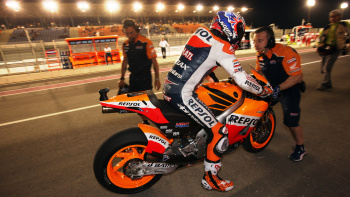




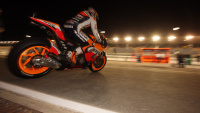
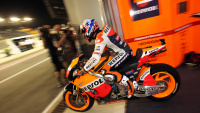
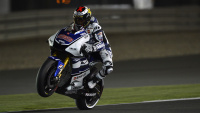

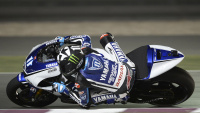
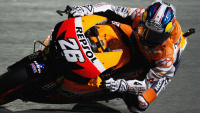
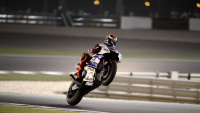

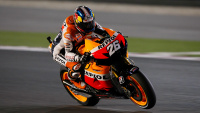




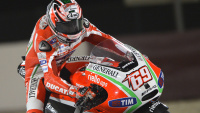
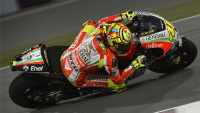
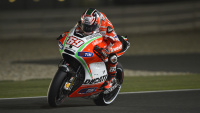











0 comments:
Post a Comment